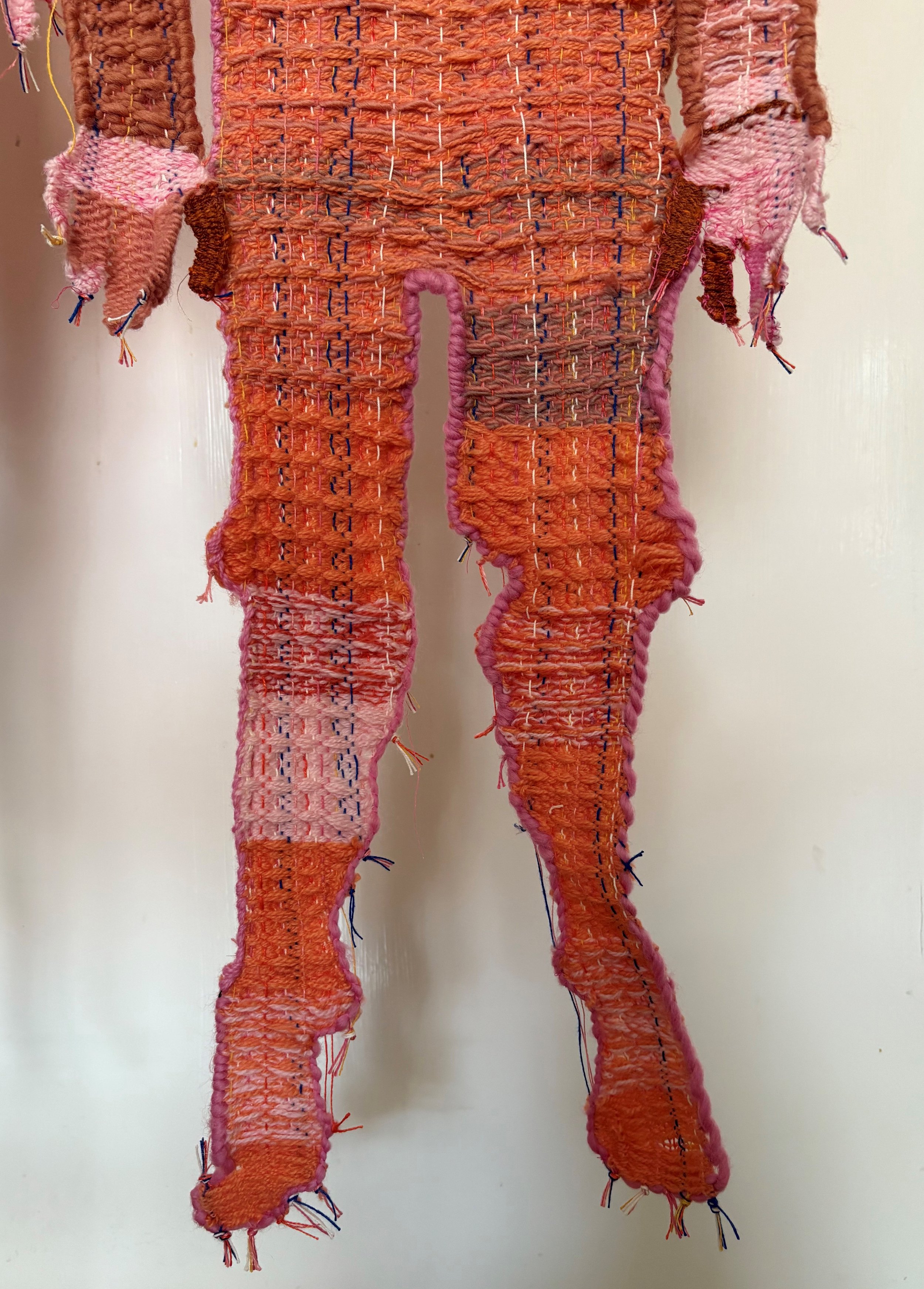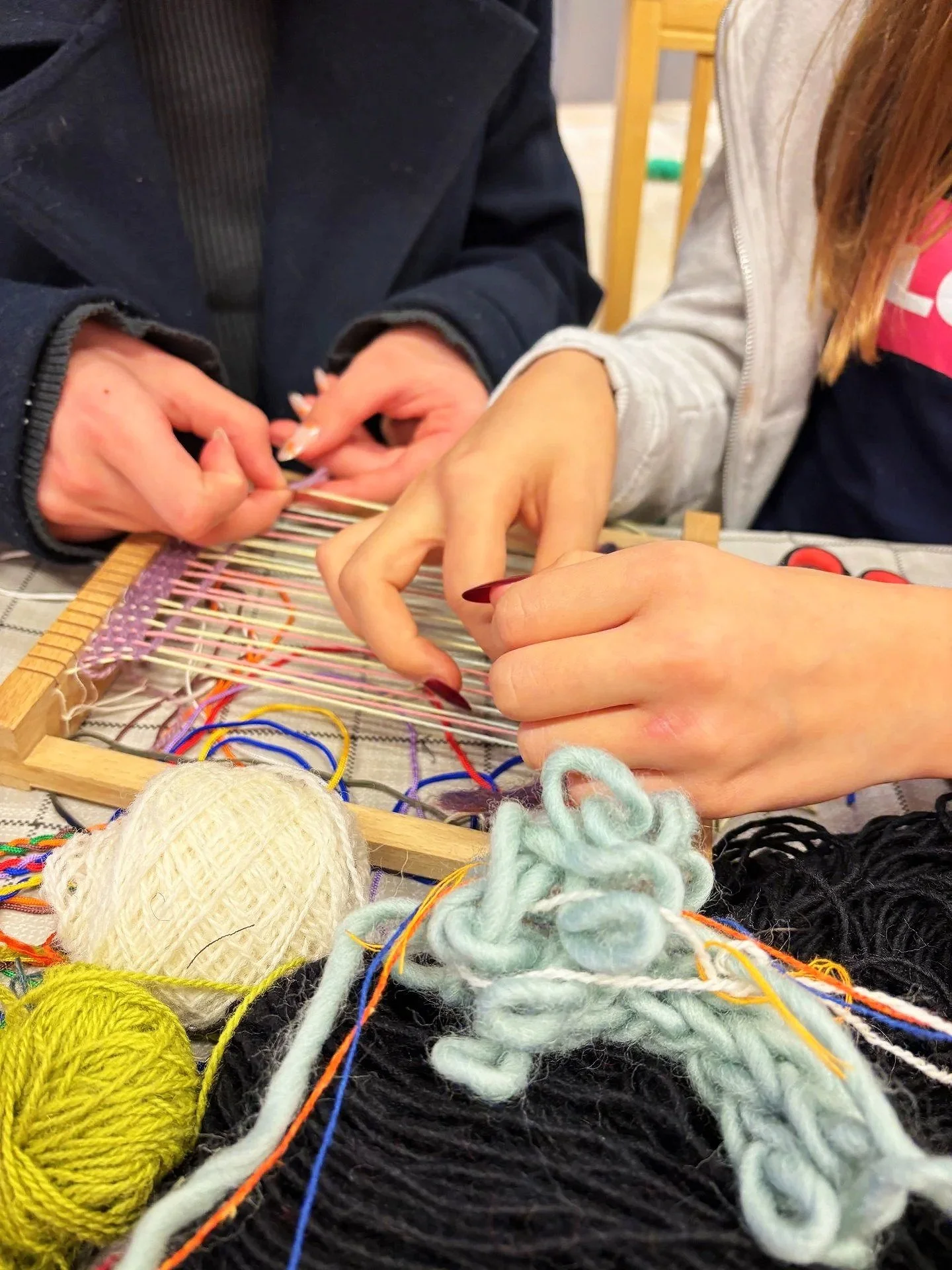This project builds on an exploration of care, freedom, and cultural heritage, as well as an activation of memory through material (Tronto, 2013; Inwood, 2013). It draws from both my personal memories of growing up in my mother’s Parklek, and the shared heritage of the collective (Halldén, 2009; Statens kulturråd, 2020).
I create a tactile scenography inspired by the colours, shapes, and ideals of the 1970 and 80s, a time when the Parklek flourished as a space of freedom in Swedish children’s culture (Skantze, 1998; Gruenewald, 2003).
Through woven marionettes of bodies, animals, and plants, in colours drawn from the Parklek’s shared spaces, with wood panelling, orange plastic floors, and green sticker-covered doors, I seek to reawaken that world, and the child within myself, and in others (Ingold, 2013; Neimanis, 2017; Woodman, 1985).
It unfolds like a woven childhood stage – a space for dialogue about freedom, care, and belonging (Fischer-Lichte, 2008; Springgay & Truman, 2018; Iaspis/Urgent Pedagogies, 2024).
Parklek in their traditional form are today mainly found in Sweden’s larger cities – Stockholm, Gothenburg, and Malmö. In 2025, I spent a residency in Nordingrå art village, in northern Sweden, with my project. Nordingrå has no classic Parklek, but leisure care, youth centers, and playgrounds. My work therefore focuses on creating a staffed creative meeting place – a mobile Parklek in artistic form – where children and families could encounter culture in their everyday lives, and where shared making becomes a practice of collective care and embodied learning (Barad, 2007; Merchant, 1980; Haraway, 2016; Plumwood, 1993).
The aim is to nurture joy in creation, social inclusion, and an ongoing dialogue about cultural heritage and creativity in Nordingrå (Fischer-Lichte, 2008; Tronto, 2013).
In the summer of 2026, the woven childhood stage will travel from the High Coast of Sweden, to the Pacific Coast of Itoshima, Japan, where it will open another dialogue between heritage, play, and art (Iaspis/Urgent Pedagogies, 2024).
This project explores weaving as performative storytelling practice - embodied storytelling - serving as bridge between self inquiry, collective care, cultural heritage and social innovation.
Threads of a Collective Childhood - Reweaving Parklek into local Art Spaces
( Summer 2025 and ongoing)
Parklek in Stockholm, late 1970s and 80s and some modern. Collective play, costumes, and craft activities forming part of everyday childhood culture.
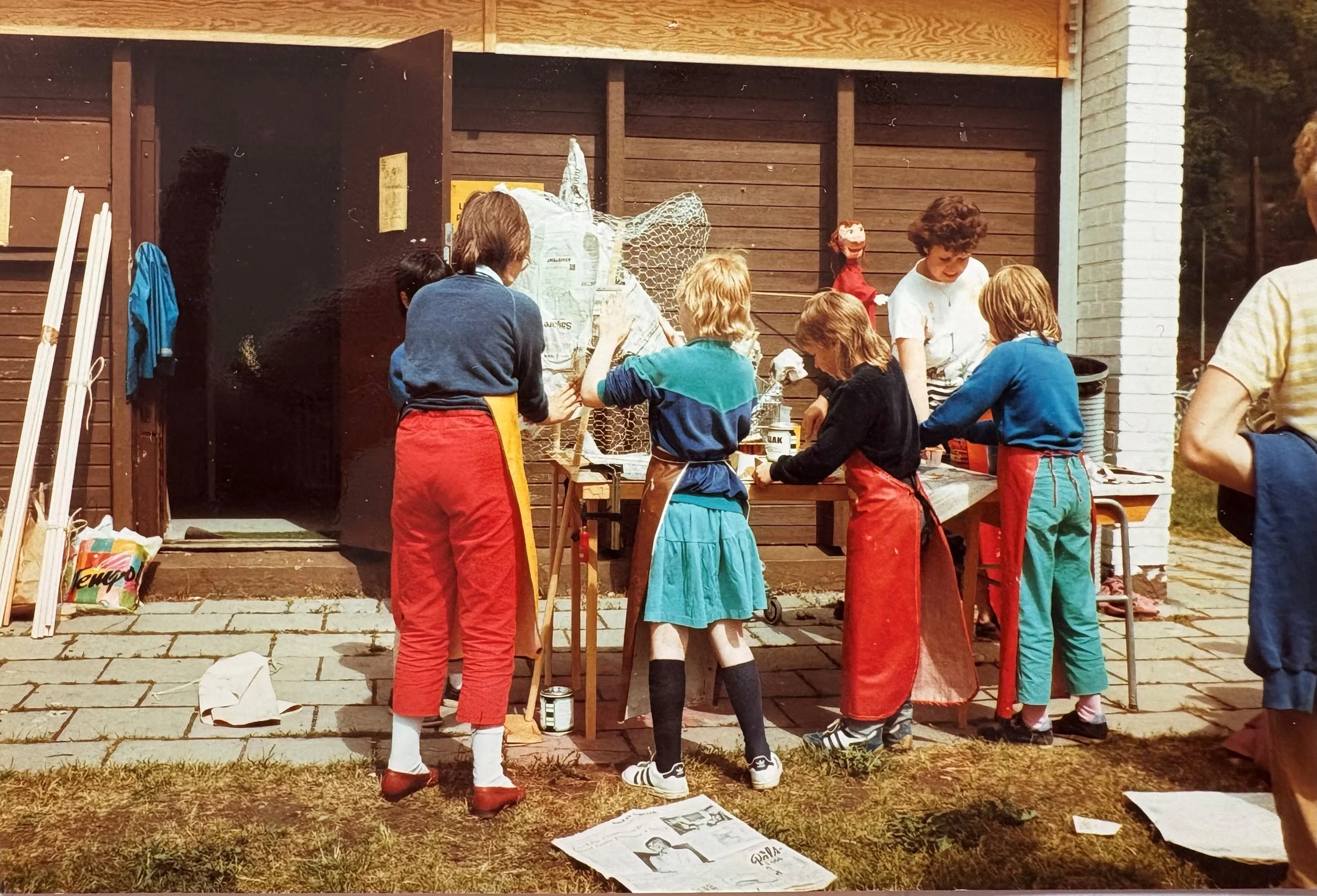
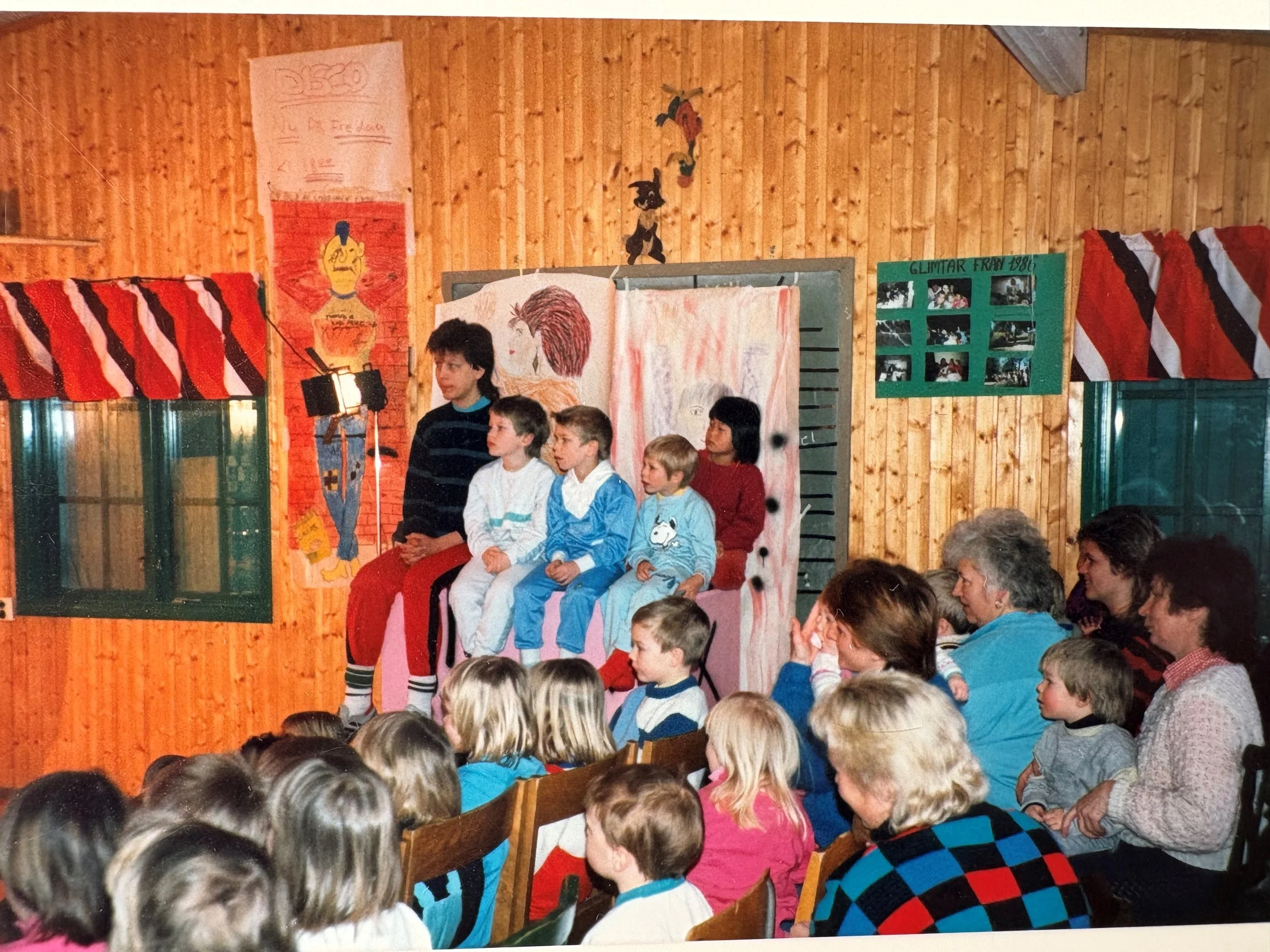



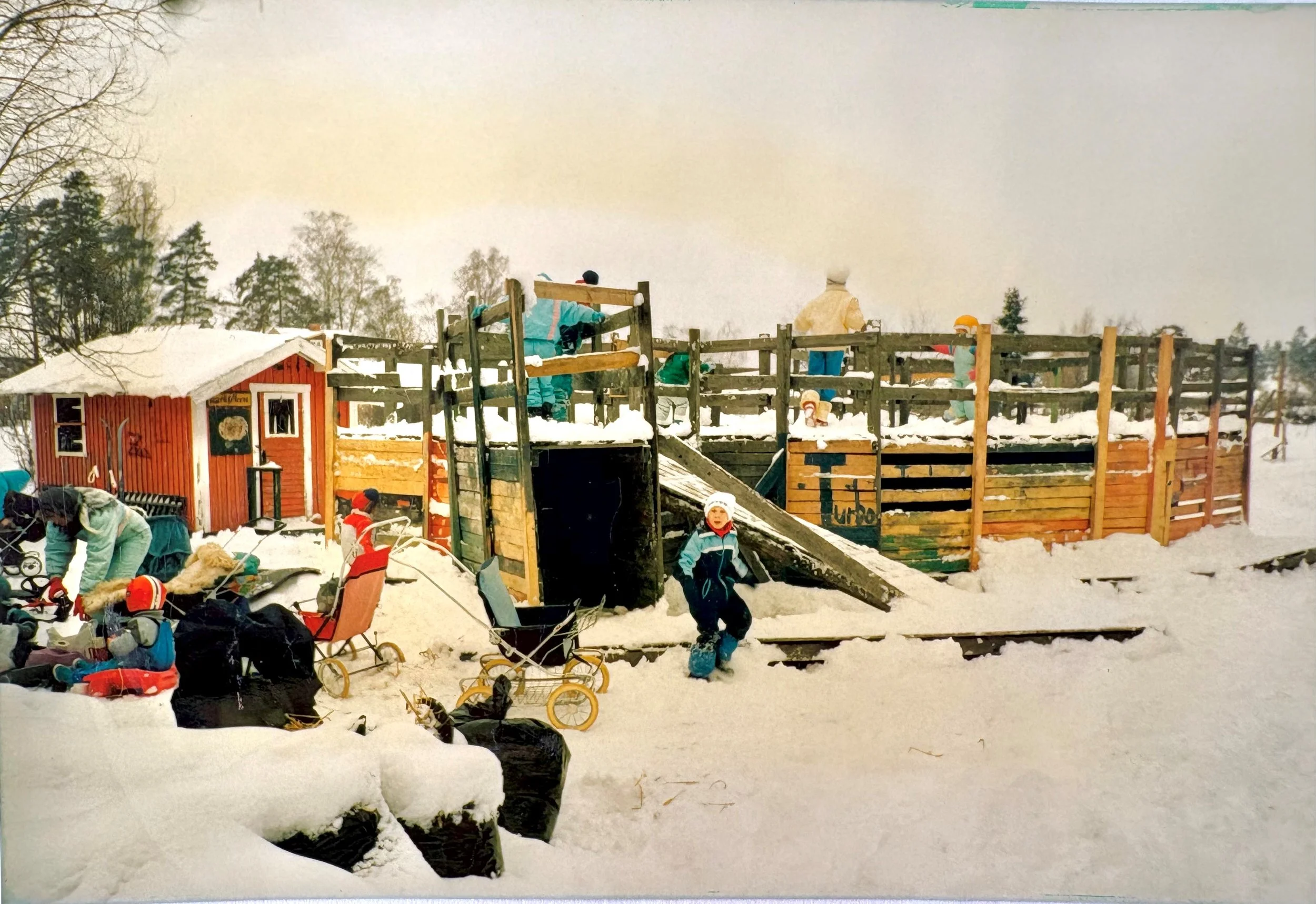


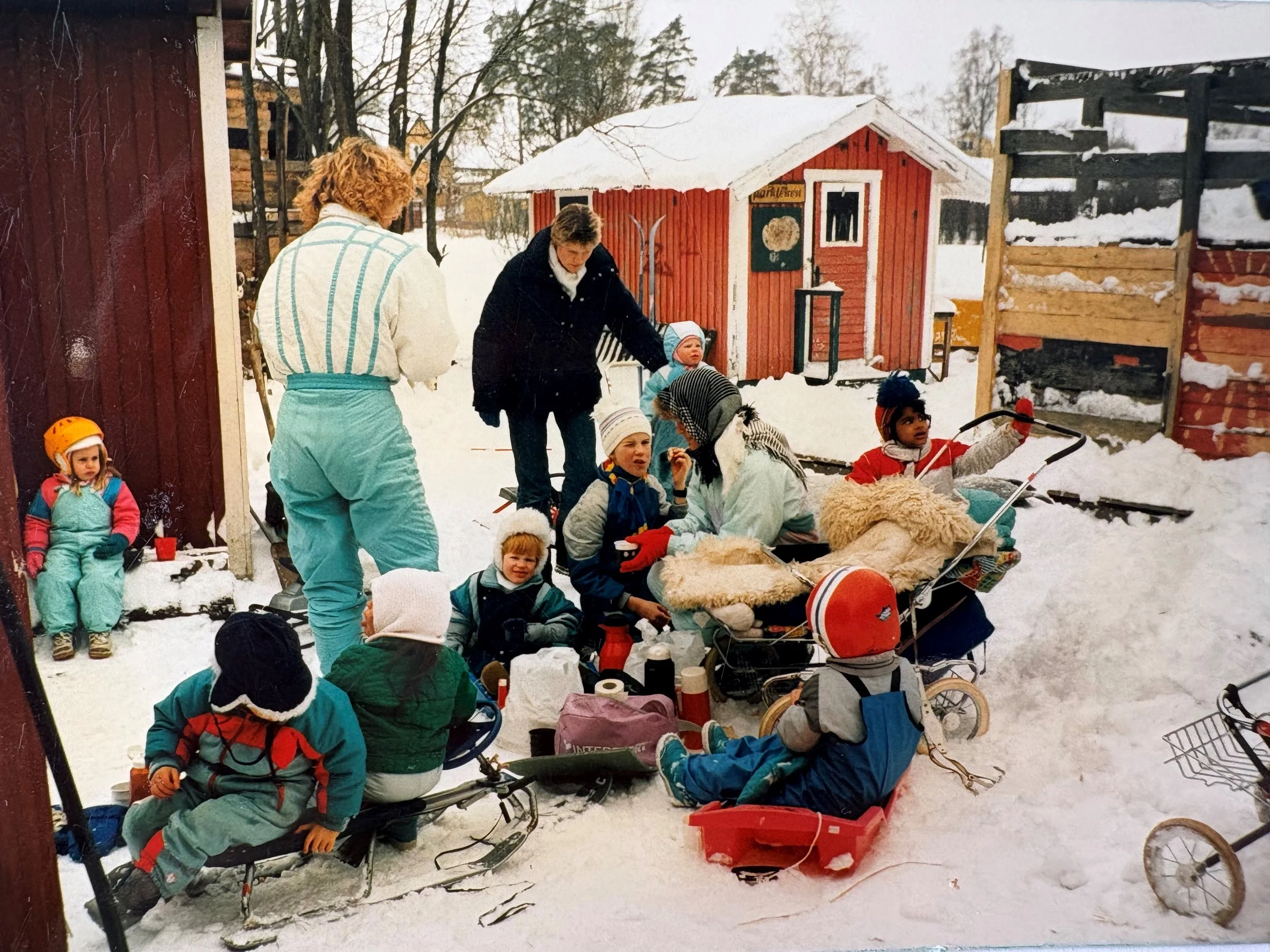
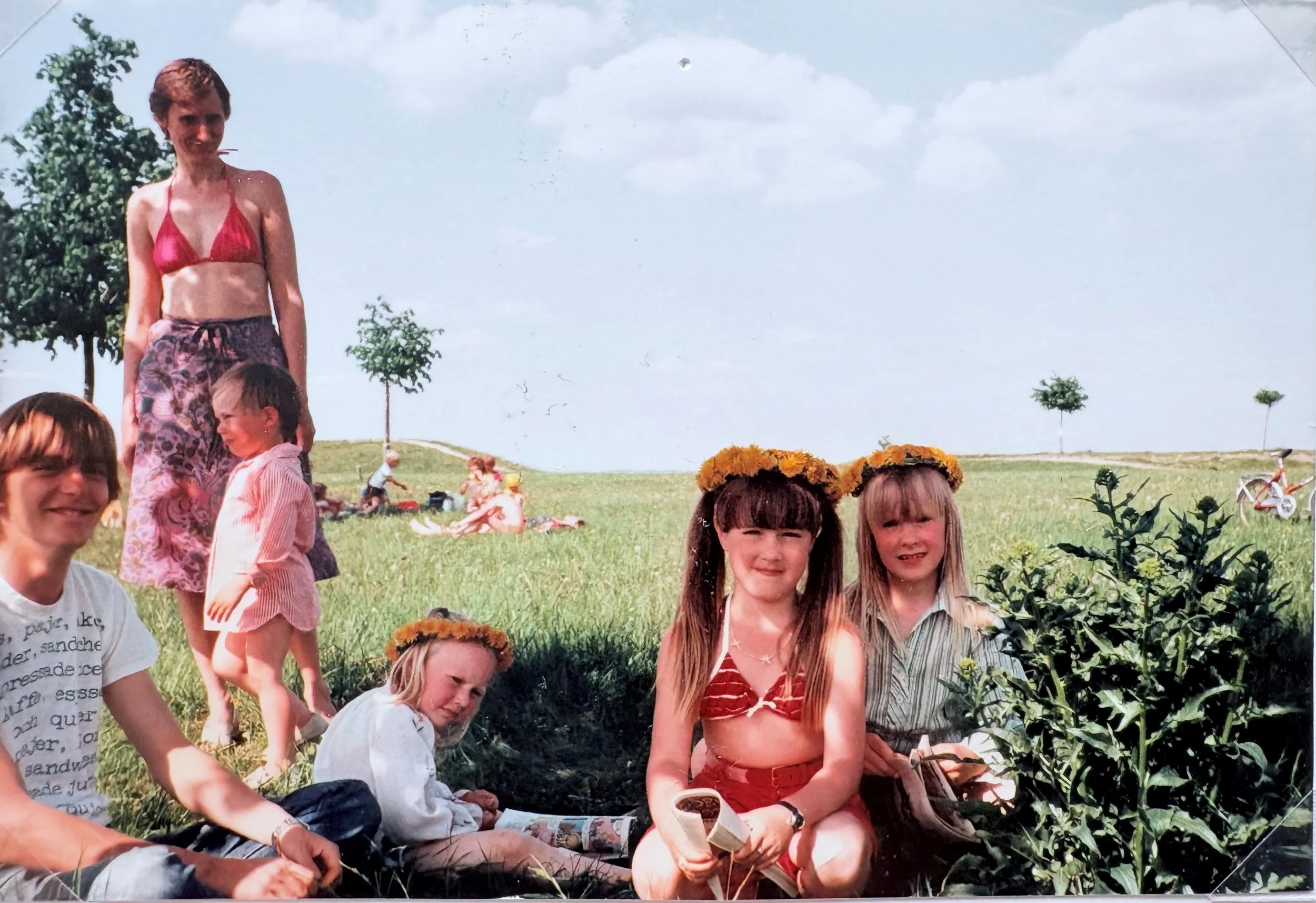

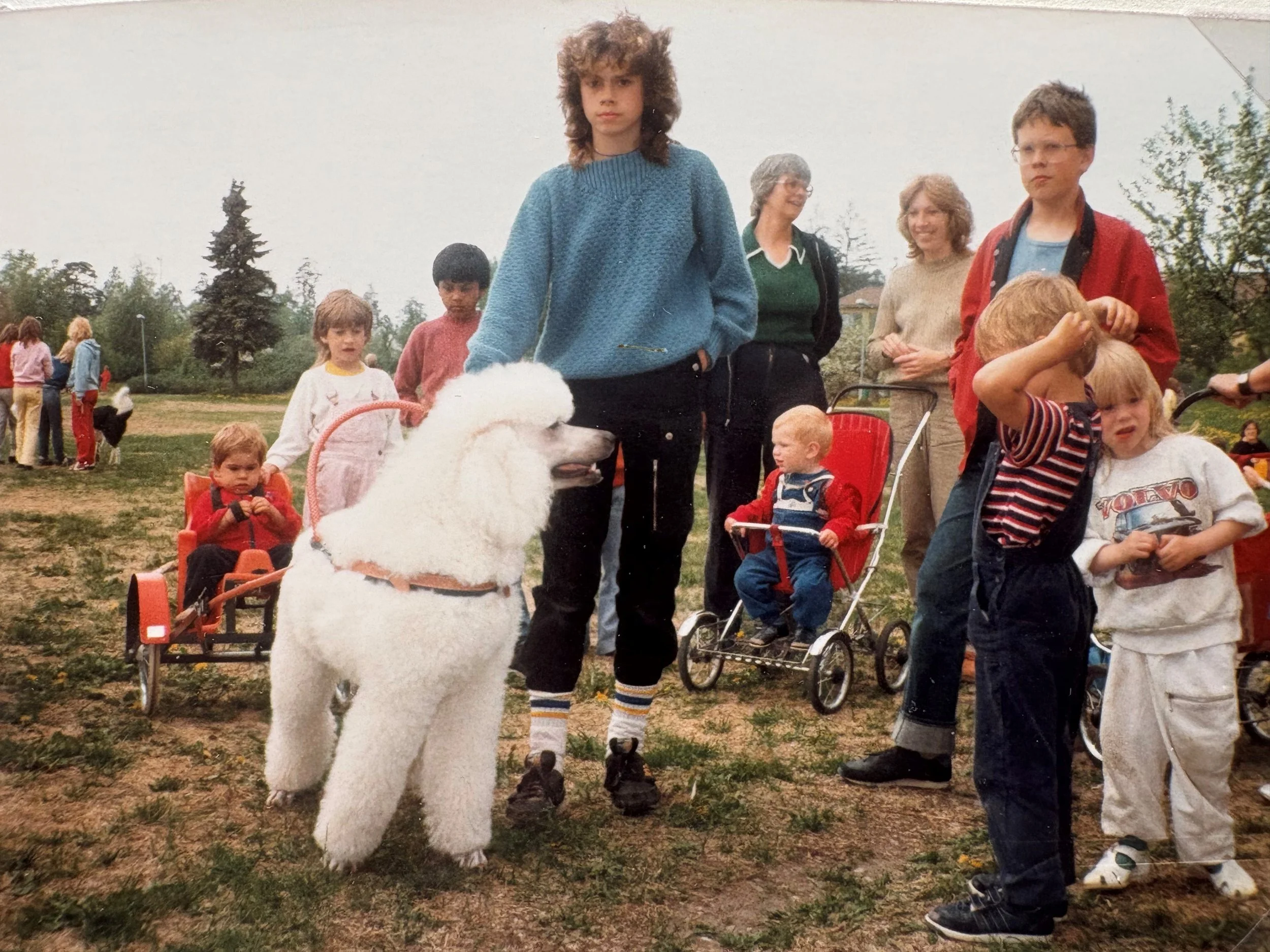
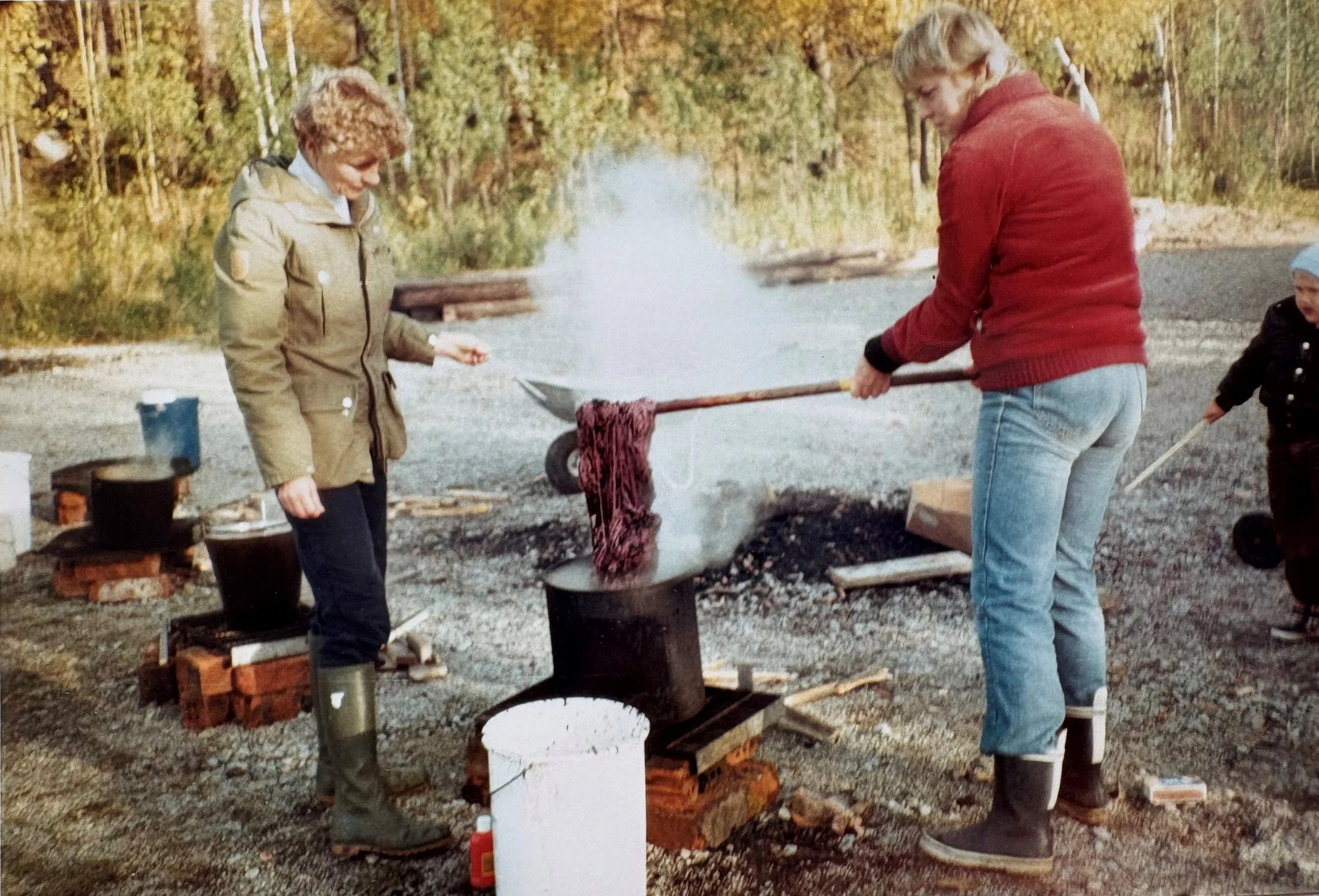


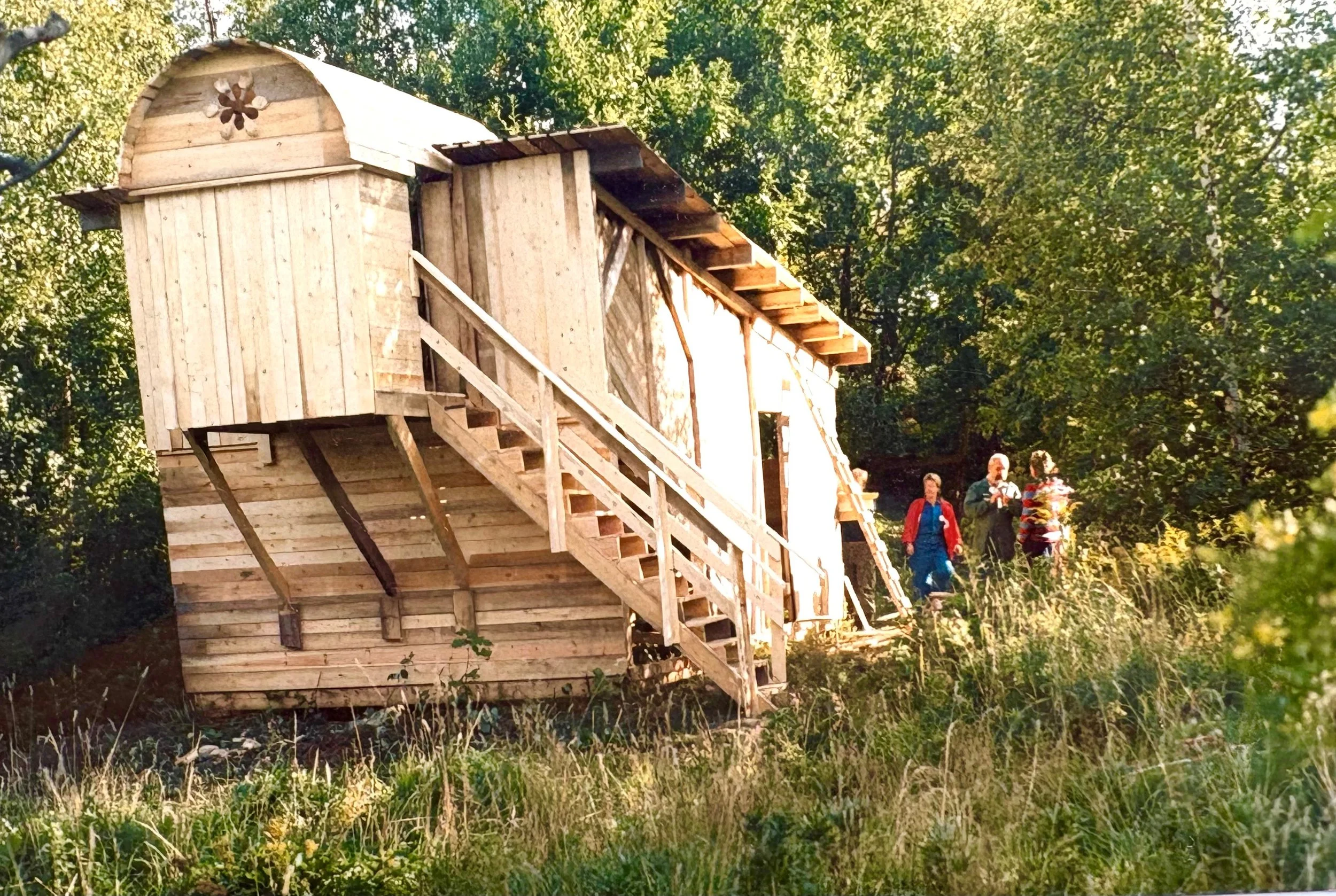
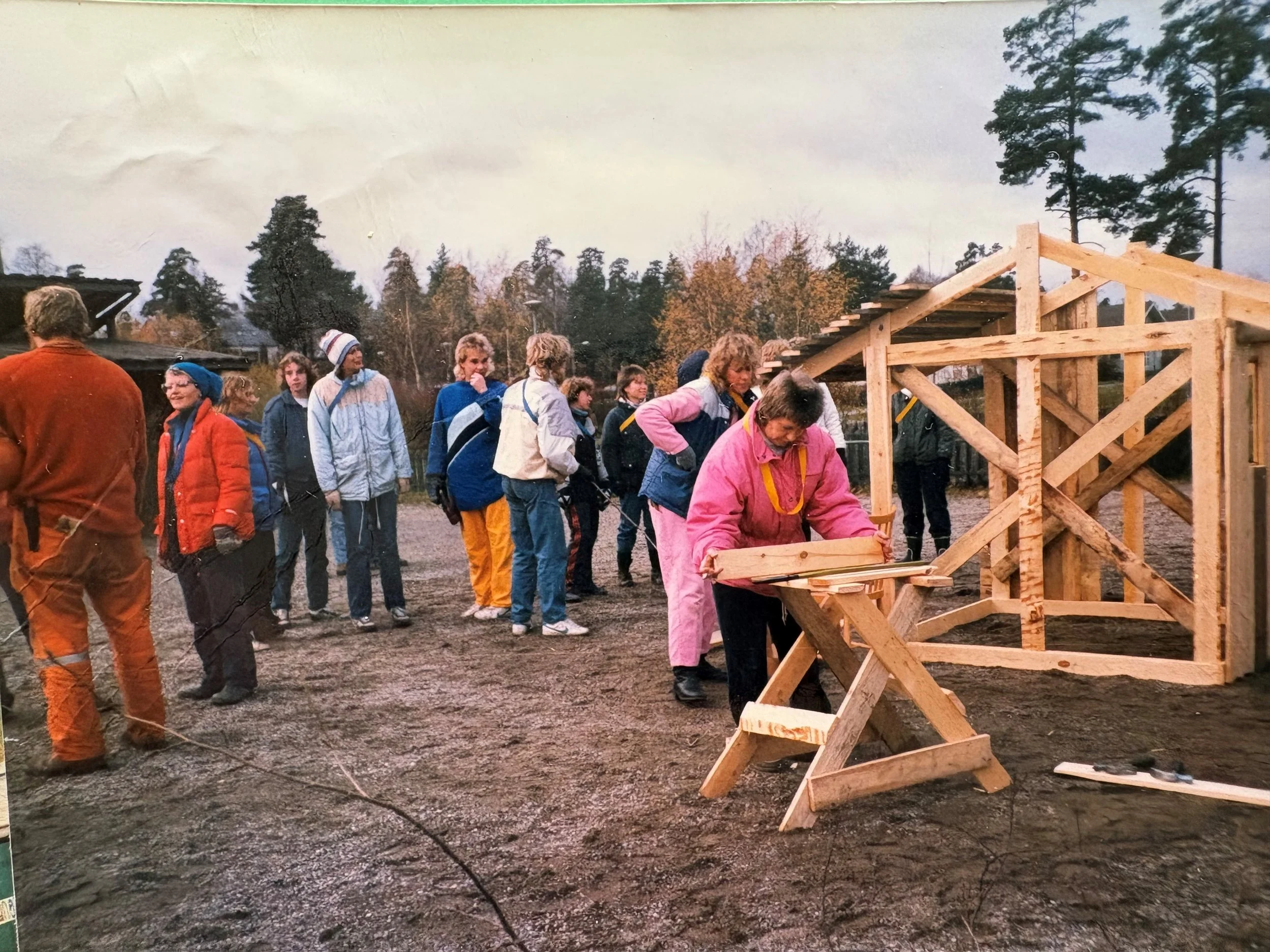
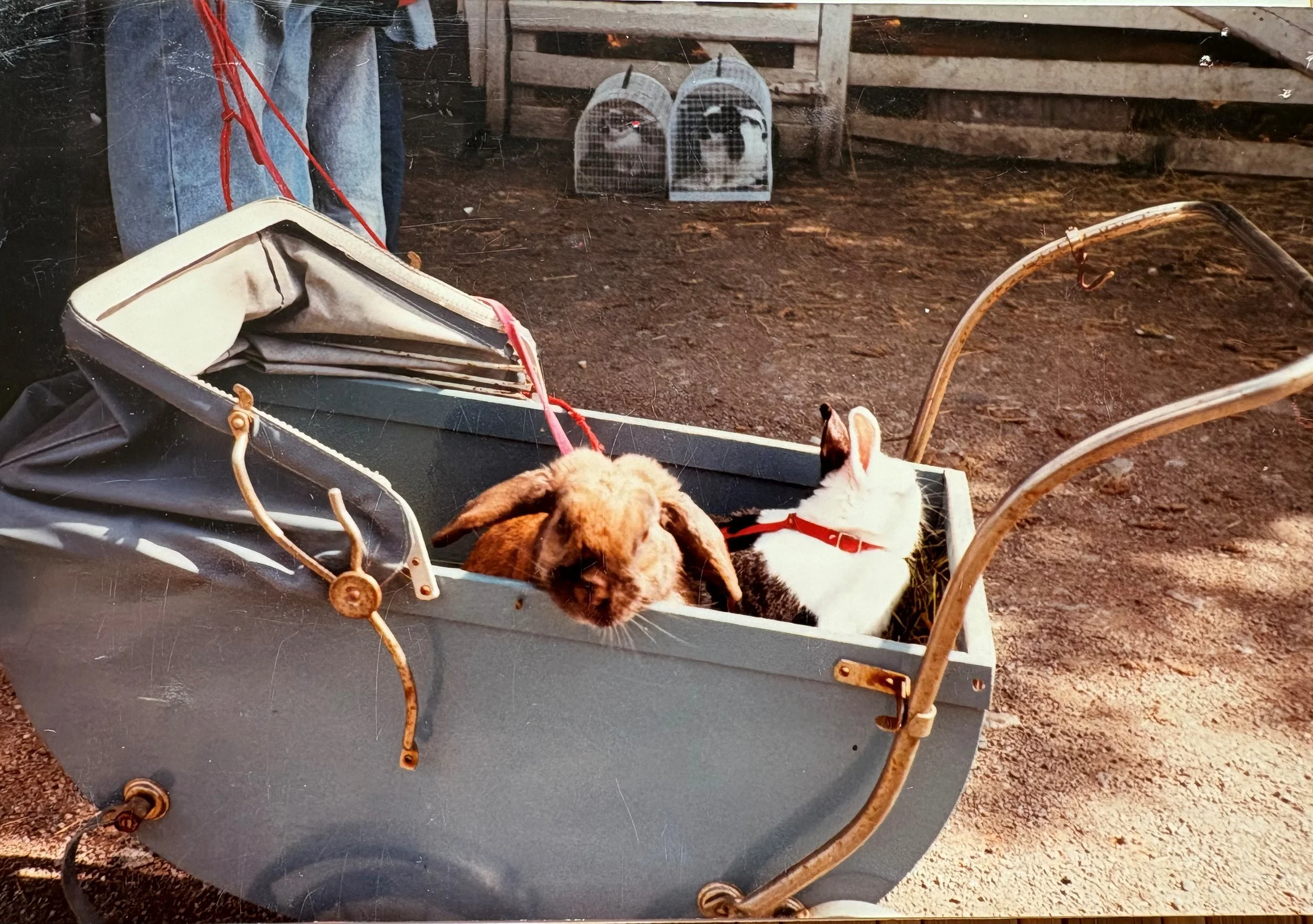




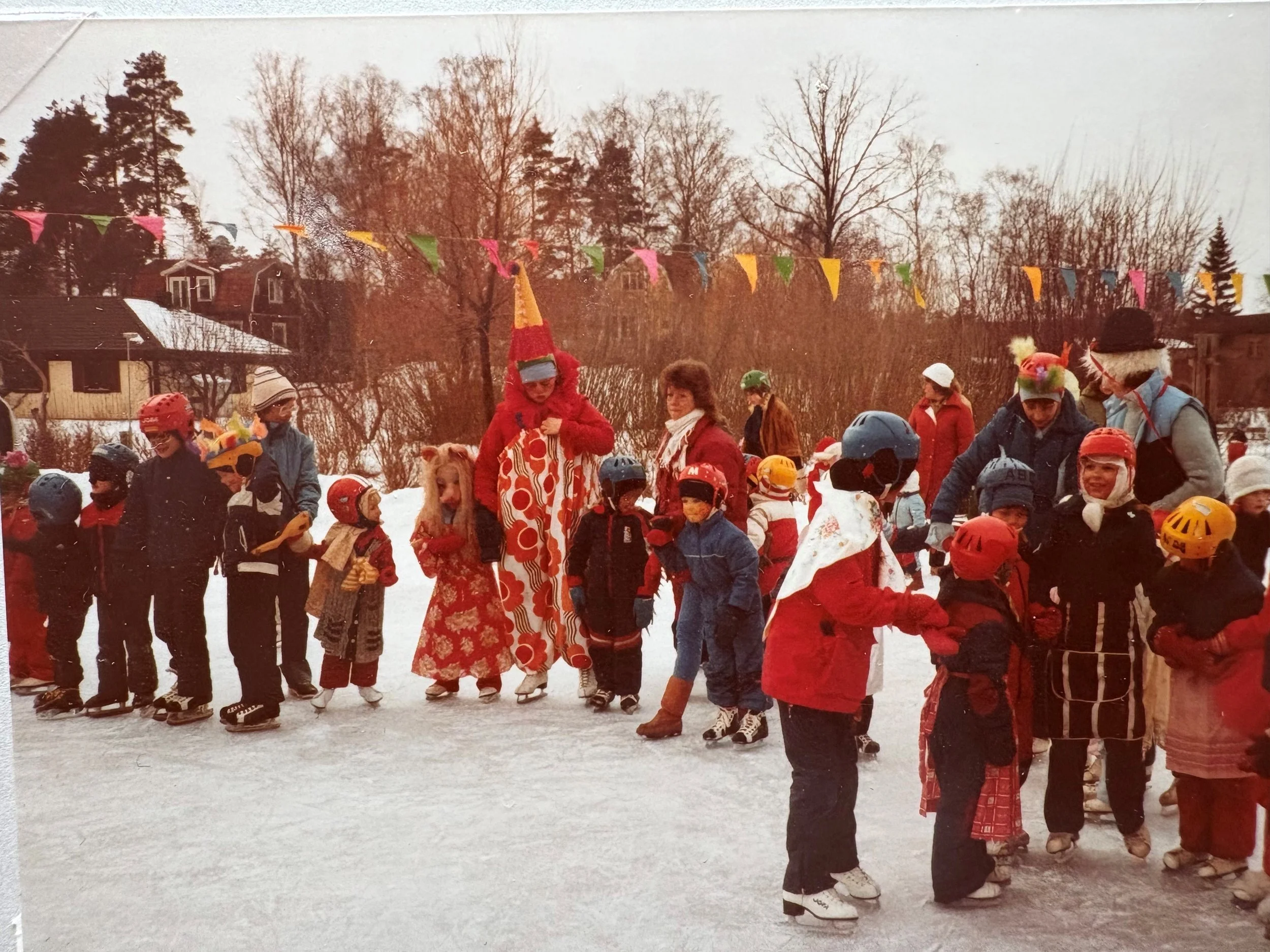
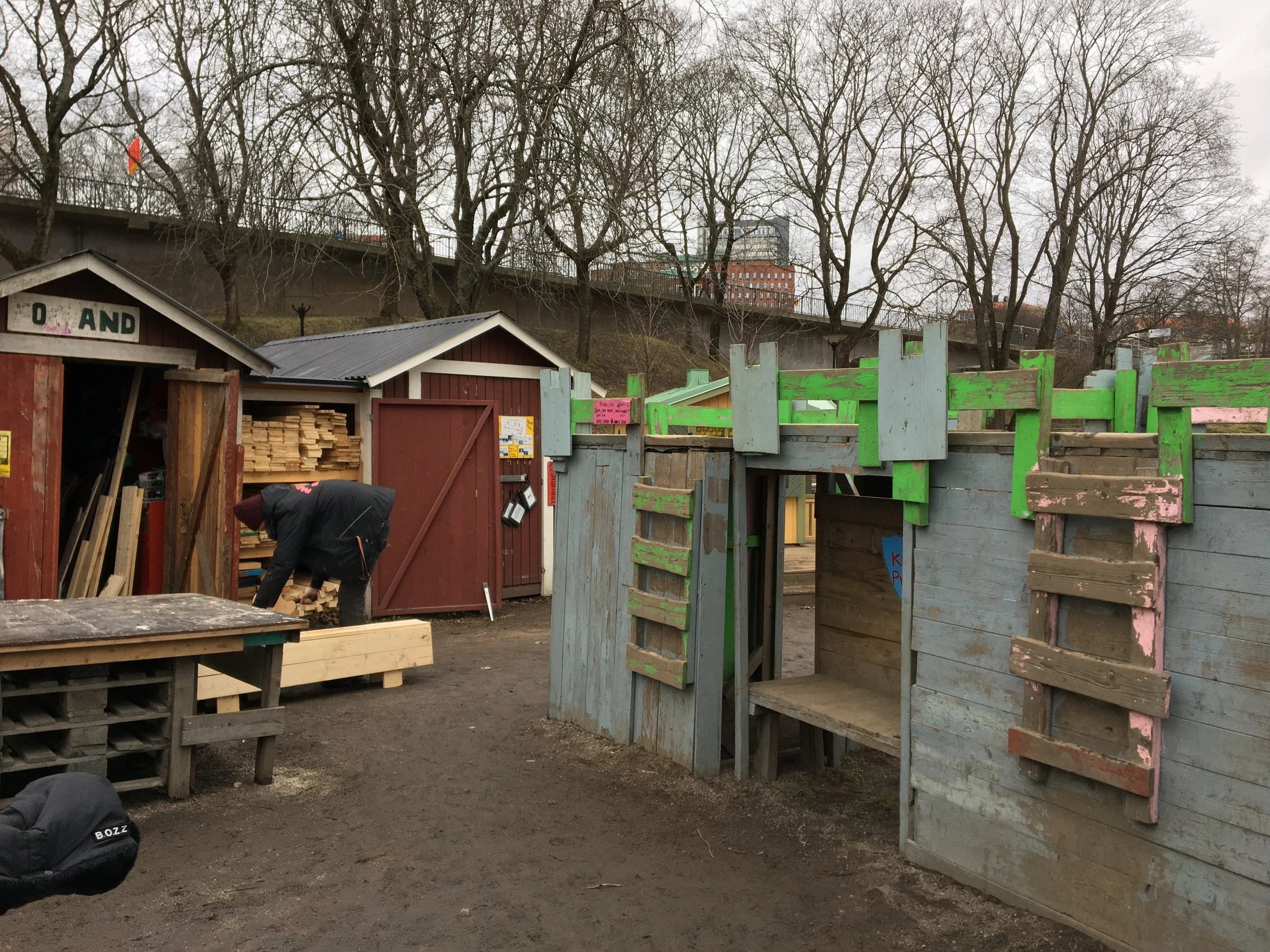
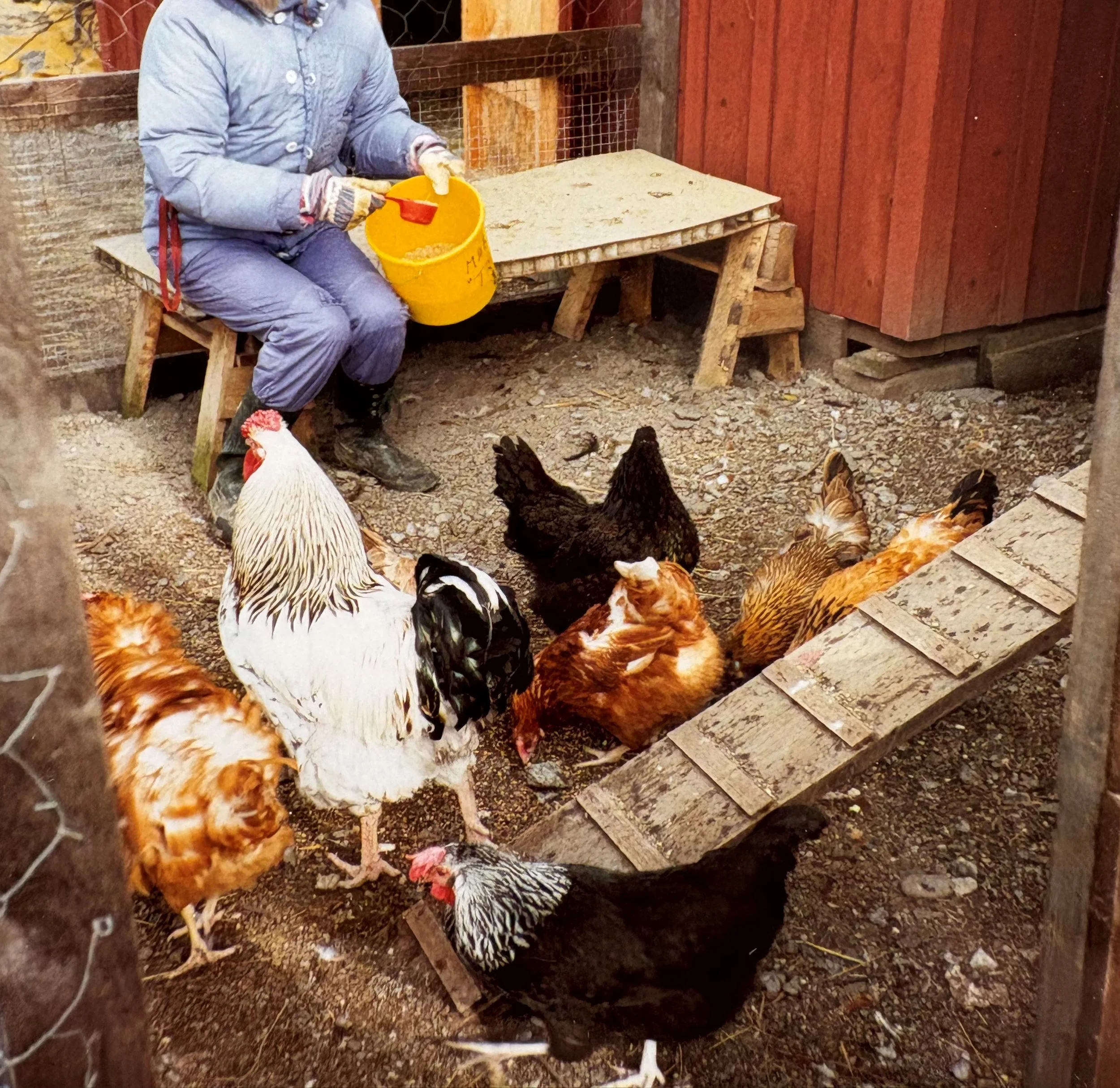
Barad, K. (2007). Meeting the universe halfway: Quantum physics and the entanglement of matter and meaning. Duke University Press.
Fischer-Lichte, E. (2008). The transformative power of performance: A new aesthetics. Routledge.
Gruenewald, D. A. (2003). The best of both worlds: A critical pedagogy of place. Educational Researcher, 32(4), 3–12.
Halldén, G. (2009). Barndomens plats(er): Pedagogik, lek och kulturarv i det moderna Sverige. Carlsson Bokförlag.
Haraway, D. (2016). Staying with the trouble: Making kin in the Chthulucene. Duke University Press.
Ingold, T. (2013). Making: Anthropology, archaeology, art and architecture. Routledge.
Inwood, H. (2013). Cultivating artistic process within environmental education: Using art, ecology and education as a framework. Canadian Review of Art Education, 40(1), 69–88.
Iaspis/Urgent Pedagogies. (2024). Urgent pedagogies: Practices of care and collective learning. Iaspis.
Merchant, C. (1980). The death of nature: Women, ecology, and the scientific revolution. Harper & Row.
Neimanis, A. (2017). Bodies of water: Posthuman feminist phenomenology. Bloomsbury Academic.
Plumwood, V. (1993). Feminism and the mastery of nature. Routledge.
Skantze, A. (1998). Lekens möjligheter: Parkleken som social och pedagogisk praktik. Stockholms stad.
Springgay, S., & Truman, S. E. (2018). Walking methodologies in a more-than-human world: WalkingLab. Routledge.
Statens kulturråd. (2020). Kulturarv och plats: Offentliga rum för lek och lärande. Statens kulturråd.
Tronto, J. (2013). Caring democracy: Markets, equality, and justice. New York University Press.
Woodman, M. (1985). The pregnant virgin: A process of psychological transformation. Inner City Books


